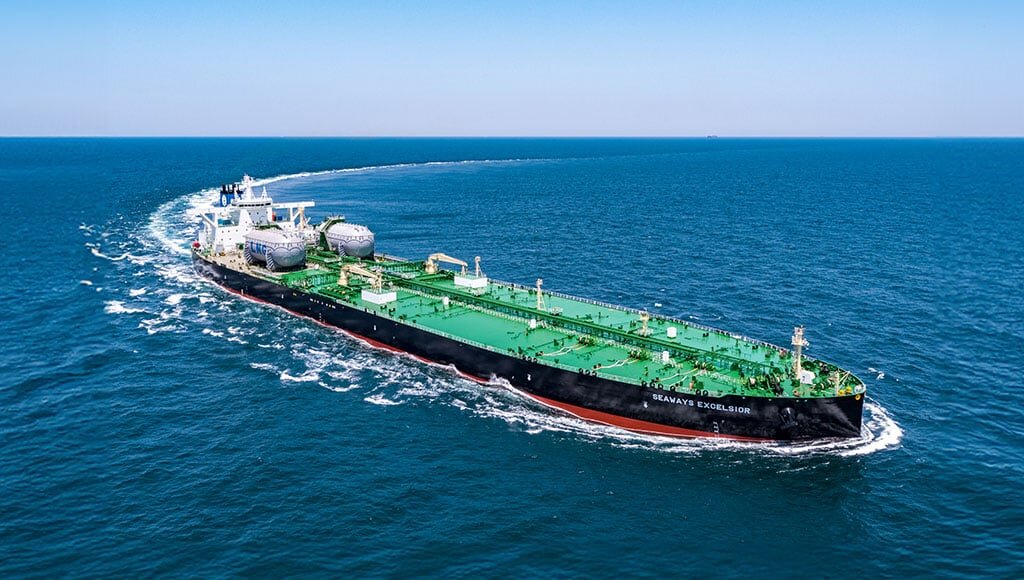European transmission system operators (TSOs) have unveiled preliminary results from a pilot project on joint development of offshore grids in Northern Seas and identified potential joint projects
The TSOs described their work as an important step towards a more affordable, secure and reliable offshore grid that strengthens Europe’s energy supply and independence whilst supporting its decarbonisation goals.
The TSOs in the Offshore TSO Collaboration (OTC) presented initial results from a pilot study they are working on at the WindEurope conference in Copenhagen. They said analysis they have conducted suggests a green power plant based on offshore windfarms in Northern Seas will play a crucial role securing an independent, affordable and decarbonised energy system.
Over the last three years, TSOs from Northern Seas – the North Sea, Irish Sea and Celtic Sea – have collaborated to advance infrastructure development in line with the objectives of the Esbjerg and Ostend Declarations.
Both declarations aim to significantly increase the combined offshore wind capacity in Northern Seas. The initial results of the joint study demonstrate how a regional approach to offshore grid development in Northern Seas can provide economic and environmental benefits for all Europeans.
The analysis conducted by the TSOs includes a grid map that outlines promising cross-border projects. These projects were not considered in isolation, but as part of a broader offshore regional grid in Northern Seas, maximising synergies and cost efficiencies.
The OTC intends to submit a set of conceptual projects to the Ten-Year Network Development Plan (TYNDP) 2026 and says the could serve as the foundation for joint cost-sharing negotiations between countries.
The OTC has also proposed a regional planning process that could support a government-endorsed regional approach and that would complement existing plans such as the Ten Year Network Development Plan (TYNDP) and embedded Offshore Network Development Plan (ONDP), along with national processes, leading to enhanced coordination and efficiency.
Speaking at the conference, chief executives from North Seas TSOs highlighted the fact that North Seas hold immense potential for clean energy, but unlocking this potential will require coordinated European action and the development of the necessary offshore and onshore infrastructure.
The TSOs also stressed that collaboration is essential, if cross border projects that can strengthen the European electricity system and ensure efficient energy flow across national borders are to be realised.
Although collaboration between TSOs is already enabling the operation of an interconnected electricity system, the CEOs stressed the need for political and regulatory alignment to unlock the value of the Northern Seas. They called for a new approach to planning that would support a government-endorsed regional approach, in order to accelerate offshore wind development and enhance existing planning processes.
Member companies in the OTC include: 50Hertz and Amprion (both Germany); Creos (Luxembourg); EirGrid(Ireland); Elia (Belgium); Energinet (Denmark); NESO and National Grid (UK); RTE (France); Statnett (Norway); TenneT Holding (TenneT Netherlands and TenneT Germany), TenneT Germany (Germany).






